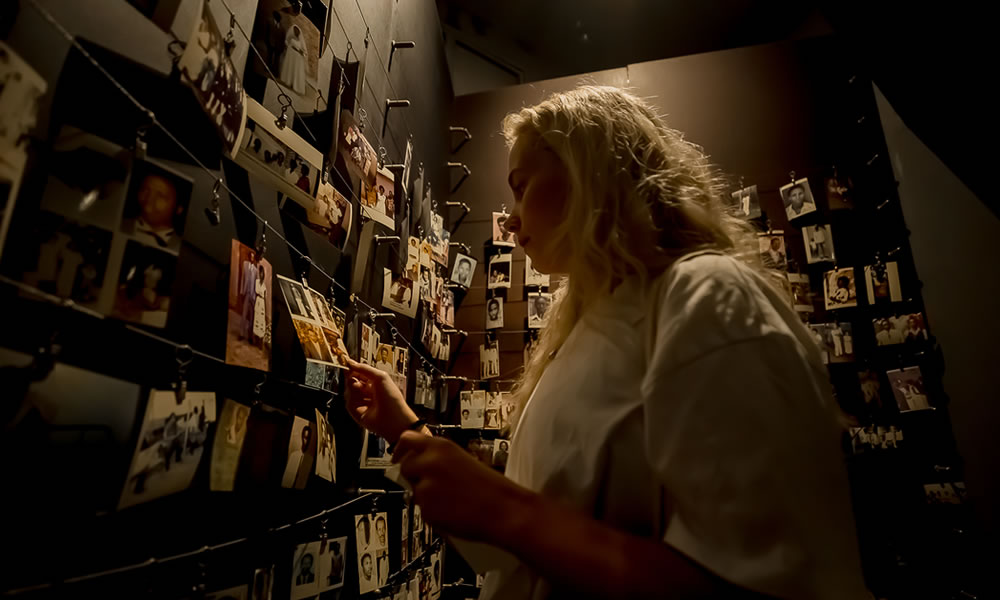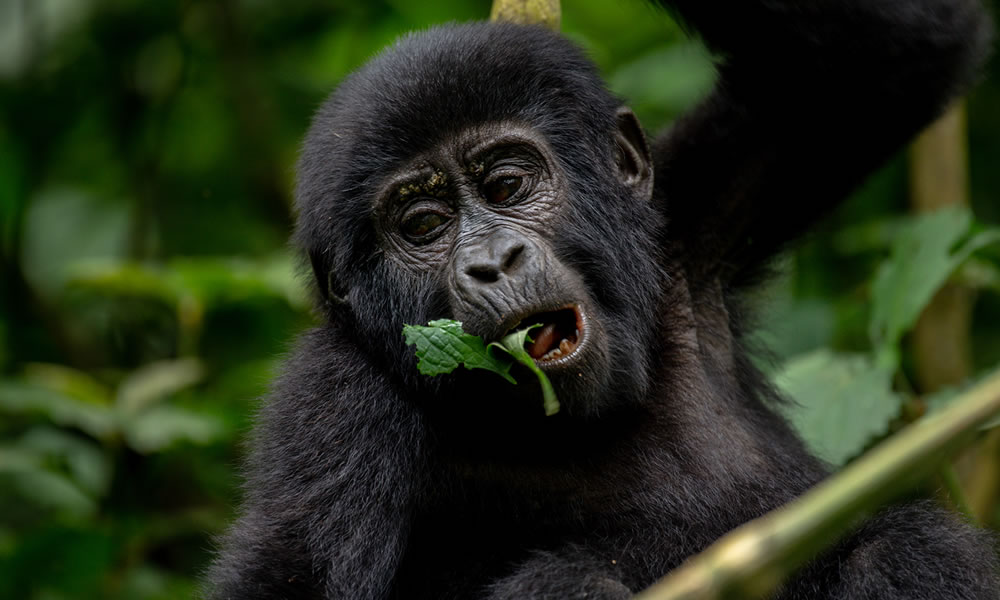Kigali Genocide Memorial

The Kigali Genocide Memorial stands as one of Rwanda’s most significant historical sites, serving as both a solemn tribute to the victims of the 1994 genocide against the Tutsi and an educational center dedicated to preventing future atrocities. Located in the Gisozi district of Kigali, Rwanda’s capital city, this memorial has become an essential destination for understanding one of the darkest chapters in human history while honoring the memory of over one million lives lost.
History and Establishment of the Kigali Genocide Memorial
The Kigali Genocide Memorial was officially opened on April 7, 2004, marking the 10th anniversary of the genocide against the Tutsi. The memorial was established through a collaboration between the Kigali City Council and the UK-based Aegis Trust, an organization dedicated to genocide prevention. The site was chosen at Gisozi because it already served as a mass grave where over 250,000 genocide victims are buried, making it a natural location for remembrance and reflection.
The memorial’s creation represented Rwanda’s commitment to preserving the memory of the genocide while fostering national unity and reconciliation. Since its establishment, the Kigali Genocide Memorial has welcomed millions of visitors from around the world, including heads of state, diplomats, students, and tourists seeking to understand Rwanda’s tragic past and remarkable recovery.
The 1994 Genocide Against the Tutsi: Historical Context
To understand the significance of the Kigali Genocide Memorial, one must comprehend the historical events it commemorates. The genocide against the Tutsi began on April 6, 1994, following the shooting down of President Juvénal Habyarimana’s plane. Within hours, systematic killings began across Rwanda, orchestrated by extremist Hutu leaders who had been planning the extermination campaign for years.
Over the course of 100 days, approximately one million Tutsi and moderate Hutu who opposed the genocide were brutally murdered. The killings were carried out using machetes, clubs, and other traditional weapons, making it one of the most intensive killing campaigns in human history. The genocide ended in July 1994 when the Rwandan Patriotic Front (RPF) took control of the country and established a new government committed to unity and reconciliation.
Memorial Structure and Exhibitions
The Kigali Genocide Memorial spans several buildings and outdoor spaces, each designed to educate visitors about different aspects of the genocide and its aftermath. The main exhibition building houses three permanent exhibitions that guide visitors through Rwanda’s history, the genocide itself, and the global context of genocide prevention.
The first exhibition, “1994 Genocide Against the Tutsi,” provides a chronological account of the events leading up to, during, and after the genocide. Through photographs, survivor testimonies, artefacts, and multimedia presentations, visitors gain a comprehensive understanding of how the genocide unfolded and its devastating impact on Rwandan society. Personal belongings of victims, including clothing, identification cards, and photographs, create powerful emotional connections that bring the statistics to life.
The second exhibition focuses on the history of genocidal violence in Rwanda, tracing the roots of ethnic division and examining how colonial policies and post-independence politics contributed to the conditions that made genocide possible. This section helps visitors understand that the 1994 genocide was not a spontaneous eruption of violence but the culmination of decades of systematic discrimination and dehumanization.
The third exhibition, “Wasted Lives,” examines other genocides that have occurred around the world, including the Holocaust, the Armenian genocide, and the genocide in Cambodia. This global perspective emphasizes that genocide is not unique to Rwanda and highlights the ongoing need for vigilance and prevention efforts worldwide.
The Gardens of Memory and Burial Grounds
Beyond the exhibition halls, the Kigali Genocide Memorial features beautifully maintained gardens that serve as final resting places for genocide victims. The mass graves contain the remains of over 250,000 people, many of whom were killed in and around Kigali during the genocide. These burial grounds are treated with utmost respect and dignity, featuring concrete slabs that mark the graves and provide space for quiet reflection and prayer.
The Wall of Names represents one of the memorial’s most moving features, displaying the names of known genocide victims as they are identified through ongoing research and survivor testimonies. This wall continues to grow as more names are added, ensuring that individual victims are remembered rather than being reduced to mere statistics.
The Children’s Memorial within the grounds specifically honors the estimated 300,000 children who were killed during the genocide. Through photographs, personal details, and favorite memories shared by survivors, this section personalizes the tragedy and emphasizes the innocence lost during those horrific 100 days.
Educational Programs and Community Outreach
The Kigali Genocide Memorial serves as more than just a museum; it functions as an active educational center committed to genocide prevention and promoting unity among Rwandans. The memorial offers various educational programs designed for different audiences, including school groups, community organizations, and international visitors.
Educational workshops focus on teaching young Rwandans about their history while promoting values of tolerance, unity, and reconciliation. These programs play a crucial role in ensuring that future generations understand the importance of preventing genocide and building a cohesive society. The memorial also provides training for teachers, helping them effectively communicate difficult historical topics to their students.
Research and documentation efforts continue at the memorial, with staff working to collect survivor testimonies, identify victims, and preserve evidence of the genocide. This ongoing work ensures that the historical record remains accurate and comprehensive while supporting survivors and their families in their healing processes.
Visiting the Kigali Genocide Memorial
The Kigali Genocide Memorial is open to the public year-round and offers free admission, though donations are welcomed to support ongoing operations and educational programs. Guided tours are available in multiple languages, including English, French, and Kinyarwanda, providing visitors with detailed explanations of the exhibitions and their significance.
Visitors should plan to spend at least two to three hours at the memorial to fully experience all exhibitions and grounds. The memorial provides a contemplative environment where visitors can learn, reflect, and pay their respects to the victims. Photography is restricted in certain areas out of respect for the deceased and their families.
The memorial also features a gift shop where visitors can purchase books, documentaries, and other educational materials about the genocide and Rwanda’s recovery. Proceeds from sales support the memorial’s educational programs and maintenance efforts.
Impact on Rwanda’s Recovery and International Recognition
The Kigali Genocide Memorial has played a significant role in Rwanda’s remarkable recovery and transformation since 1994. By preserving the memory of the genocide while promoting unity and reconciliation, the memorial contributes to national healing and helps prevent the recurrence of such atrocities.
International recognition of the memorial’s importance has grown steadily, with numerous world leaders, diplomats, and international organizations visiting to pay their respects and learn from Rwanda’s experience. The memorial serves as a powerful example of how societies can confront their difficult histories while building more inclusive and peaceful futures.
The Kigali Genocide Memorial stands as a testament to human resilience and the power of remembrance in preventing future atrocities. Through its comprehensive exhibitions, respectful burial grounds, and ongoing educational programs, the memorial ensures that the victims of the 1994 genocide against the Tutsi are never forgotten while contributing to Rwanda’s continued journey toward unity, reconciliation, and sustainable peace.



